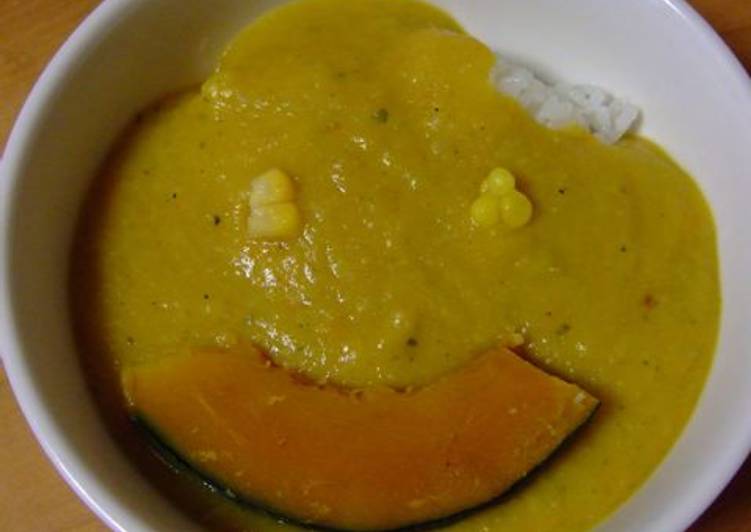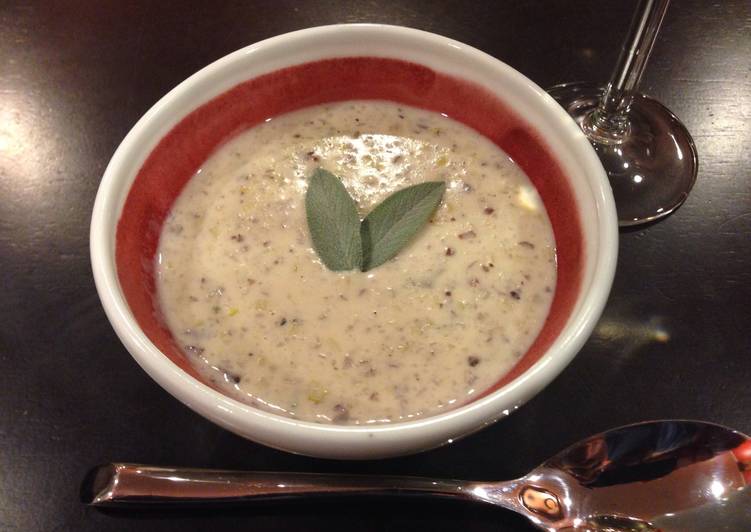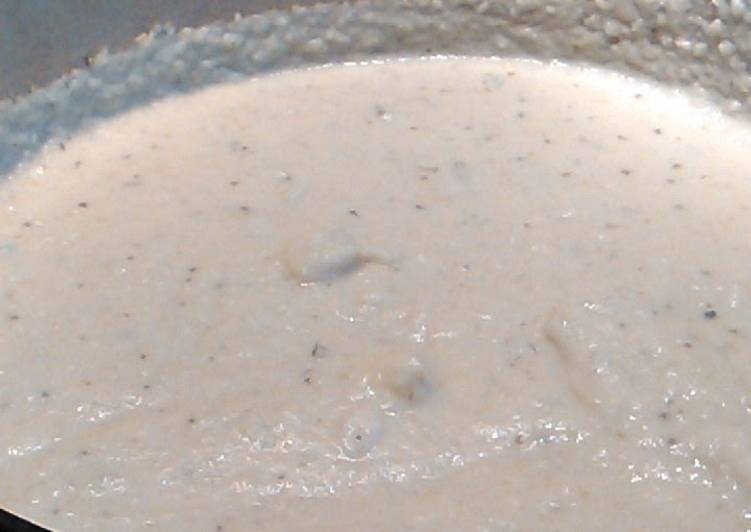Hello everybody, welcome to my recipe site, If you're looking for recipes idea to cook today, look no further! We provide you only the perfect Macrobiotic Kabocha Squash Vegetable Soup & Curry for Kids recipe here. We also have wide variety of recipes to try.

Before you jump to Macrobiotic Kabocha Squash Vegetable Soup & Curry for Kids recipe, you may want to read this short interesting healthy tips about Below Are A Few Basic Explanations Why Consuming Apples Is Good.
On TV and in magazines absolutely everyone is telling you to eat an apple a day, having said that, have you ever asked yourself why? You may know people that live by this and also request that their children live by this rule as well. This particular thought can be identified in country’s all around the world and men and women follow it as gospel with out ever finding out why they should eat an apple a day. In this article we are going to be taking a look at apples to see if they really are a food that can help to keep you healthy.
While everyone understands that consuming plenty of fruits and vegetables is a great way to ensure your body gets all the nutrition it needs, why are apples pushed so much? The very first thing you should know is that apples possess more vitamins and minerals when compared with some other fruits.. Several of the major minerals that you’ll discover in apples are potassium, calcium, phosphorus, manganese, iron, sodium, copper and zinc, along with other trace minerals. And you’ll even discover vitamins in your apples such as, vitamin A, B1, B2, niacin, folate, pantothenic acid, B6, C, E, K and some other trace vitamins.
I am hoping I have revealed some good information that explained why apples are so healthy for you. In this article we just dealt with some of the benefits of eating an apple a day. You will be able to locate many more benefits for your health in relation to apples. When you go shopping again, be sure to buy quite a few apples, their in the produce department. You will see that your overall health can greatly be benefited by eating apples.
We hope you got insight from reading it, now let’s go back to macrobiotic kabocha squash vegetable soup & curry for kids recipe. You can cook macrobiotic kabocha squash vegetable soup & curry for kids using 19 ingredients and 8 steps. Here is how you cook it.
The ingredients needed to prepare Macrobiotic Kabocha Squash Vegetable Soup & Curry for Kids:
- Get 1 thumb's worth Ginger (finely chopped)
- Get 1 piece Garlic (grated or minced)
- Get 1 Bay leaf
- Prepare 1/2 Onion (cut into wedges)
- Provide 1 sheet Kombu (5 x 5 cm square)
- Prepare 6 cm Carrot (diced into 1 cm cubes)
- Provide 5 cm Daikon radish (diced into 1 cm cubes)
- Use 2 small Potatoes (diced into 1 cm cubes)
- You need 3 tbsp Japanese barnyard millet (rinsed through a tea strainer)
- Prepare 3 cm to 4 cm Lotus root (diced into 1 cm cubes)
- Take 2 leaves Cabbage
- Get 1/4 Kabocha squash (cut as shown in the photo)
- Use 1 enough to cover the vegetables Water
- You need 100 ml to 200 ml ○Soy milk (adjust to preference)
- You need 1 tsp ○White miso
- Provide 1 tsp ○Vegetable soup stock (optional)
- You need 1/2 tsp ○Salt
- Use 1 ○White and black pepper, as needed
- You need 1 Curry powder (to make curry for kids), to taste
Steps to make Macrobiotic Kabocha Squash Vegetable Soup & Curry for Kids:
- Put all the vegetables in a pot in the order listed.
- Cut the kabocha squash into big pieces and layer them on top of the vegetables. (Since the kabocha squash can be used for other dishes, I steam more than necessary. With this size, I can adjust how the kabocha squash are cooked through.)
- After layering the ingredients in the pot in the order listed, then covering them with water, bring to a boil on medium heat. Reduce to low heat after it comes to a boil and let sit for 15-20 minutes.
- When the vegetables are cooked through and the Japanese barnyard millet becomes soft, add all ○ ingredients and warm it up. (Make sure not to bring it to a boil, since the soy milk will become clumpy!)
- Take out 4 pieces of kabocha squash and some of your favorite vegetables out of the pot and set aside.
- In a mixer, blend all the other ingredients left in the pot (the ones kids tend to dislike) to a potage. (I steamed the excess kabocha squash to use for a dessert dish.)
- Cut the vegetables your kids like to eat into bite-sized pieces and place them in the soup when serving. Then it is ready!
- Use the reserved kabocha squash to make a kabocha squash salad or a Kabocha Pudding: https://cookpad.com/en/recipes/155170-easy-macrobiotic-kabocha-squash-pudding . You can use it for many other dishes!
If you find this Macrobiotic Kabocha Squash Vegetable Soup & Curry for Kids recipe useful please share it to your friends or family, thank you and good luck.

